Tesla is gearing up for yet another groundbreaking launch: the Tesla Model 2. This upcoming vehicle is not just another addition to Tesla’s already impressive lineup, it promises to be a game-changer in its own right. What sets the Model 2 apart is its design inspiration, which comes from none other than Tesla Cybertruck. This connection to the Cybertruck is not merely aesthetic, it represents Tesla’s ambition to redefine what an electric vehicle can be, both in terms of technology and design.
In this article, we will delve into the various aspects of the Tesla Model 2, exploring its features, pricing, and the company’s goals for this futuristic vehicle.
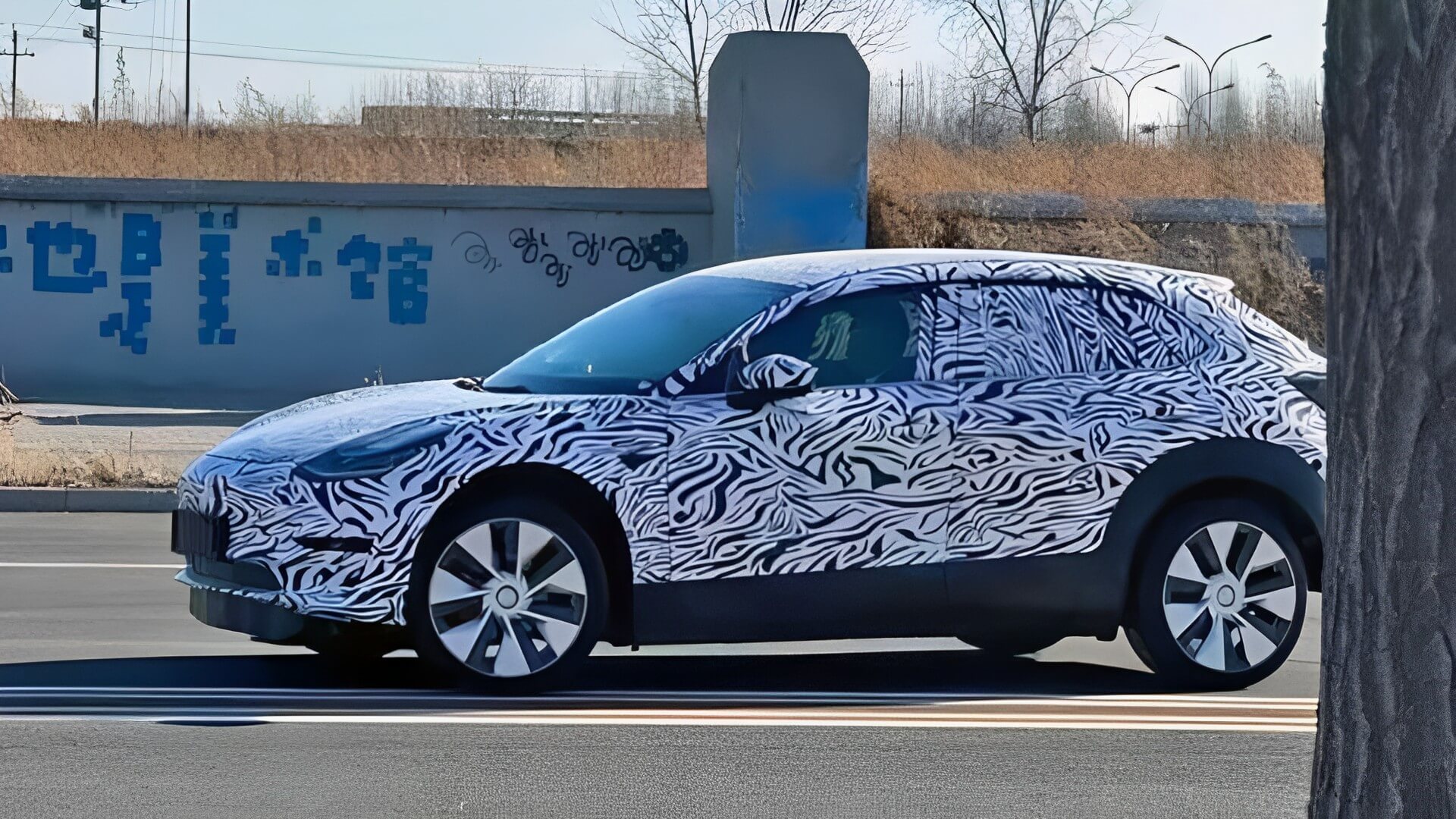
Table of Contents
Tesla Model 2 Inspiration from Cybertruck
When it comes to groundbreaking designs in the automotive industry, Tesla Cybertruck stands in a league of its own. With its angular, futuristic aesthetics, the Cybertruck has not only captivated the imagination of millions but also garnered over 2 million pre-orders. It’s no surprise that Tesla’s upcoming Model 2 is drawing its design inspiration from this iconic vehicle.
Elon Musk’s Revelation
In a private conversation, Tesla CEO Elon Musk revealed that the design of the Model 2 would be unlike anything else in the automotive industry, except for the Cybertruck. Musk’s statement is not just a marketing ploy, it signifies Tesla’s commitment to pushing the boundaries of what is possible in car design. According to Musk, when the Tesla Model 2 comes around the corner, “people will think they’re seeing something from the future.” This bold claim sets high expectations for the Tesla Model 2, positioning it as a vehicle that will redefine our understanding of what a car can look like.
In a recent Q3 2023 earnings call, Elon Musk revealed that Tesla’s next-generation platform will be much more conventional compared to the Cybertruck. Musk emphasized that the design of the next-gen vehicle will be “cool,” “beautiful,” but “utilitarian,” aiming to simplify production to achieve a “units-per-minute level that is unheard of in the auto industry.” While the Cybertruck faces production complexities, the next-gen EV is designed to be easier to build, aligning with Tesla’s goal to manufacture it at the new Giga Mexico plant.
This move signals Tesla’s strategy to make electric vehicles more accessible and affordable, even as Musk expressed concerns about the high-interest rate environment affecting car financing.
Low-Cost, High-Volume Tesla Car Confirmation on Munro Live
Elon recently announced a groundbreaking shift in the company’s strategy with the introduction of a new, low-cost, high-volume electric vehicle. This move marks Tesla’s entry into a more affordable EV market segment, a significant departure from its traditional focus on premium-priced models. The Model 2 is set to democratize the EV market by making sustainable transportation accessible to a wider audience.
Musk’s revelation of a revolutionary manufacturing process for this vehicle suggests a major leap in automotive production technology, promising to enhance efficiency and set new industry standards. This strategic initiative not only reinforces Tesla’s leadership in EV technology but also signals a potential disruption in the automotive market, challenging the dominance of internal combustion engine vehicles and accelerating the global shift towards electric mobility.
Tesla Cybertruck Industry Impact
The Cybertruck has already made waves in the automotive industry, and its influence is far-reaching. Tesla Cybertruck has proven that there is a substantial market for unconventional, futuristic designs. This level of interest is not just a fad, it represents a shift in consumer preferences towards vehicles that offer both advanced technology and unique aesthetics. Tesla aims to capitalize on this trend by designing the Model 2 in a way that captures the essence of the Cybertruck’s appeal. However, recently we have also got leaked pictures of a potential $25,000 Tesla car which looks quite similar to the Model Y.
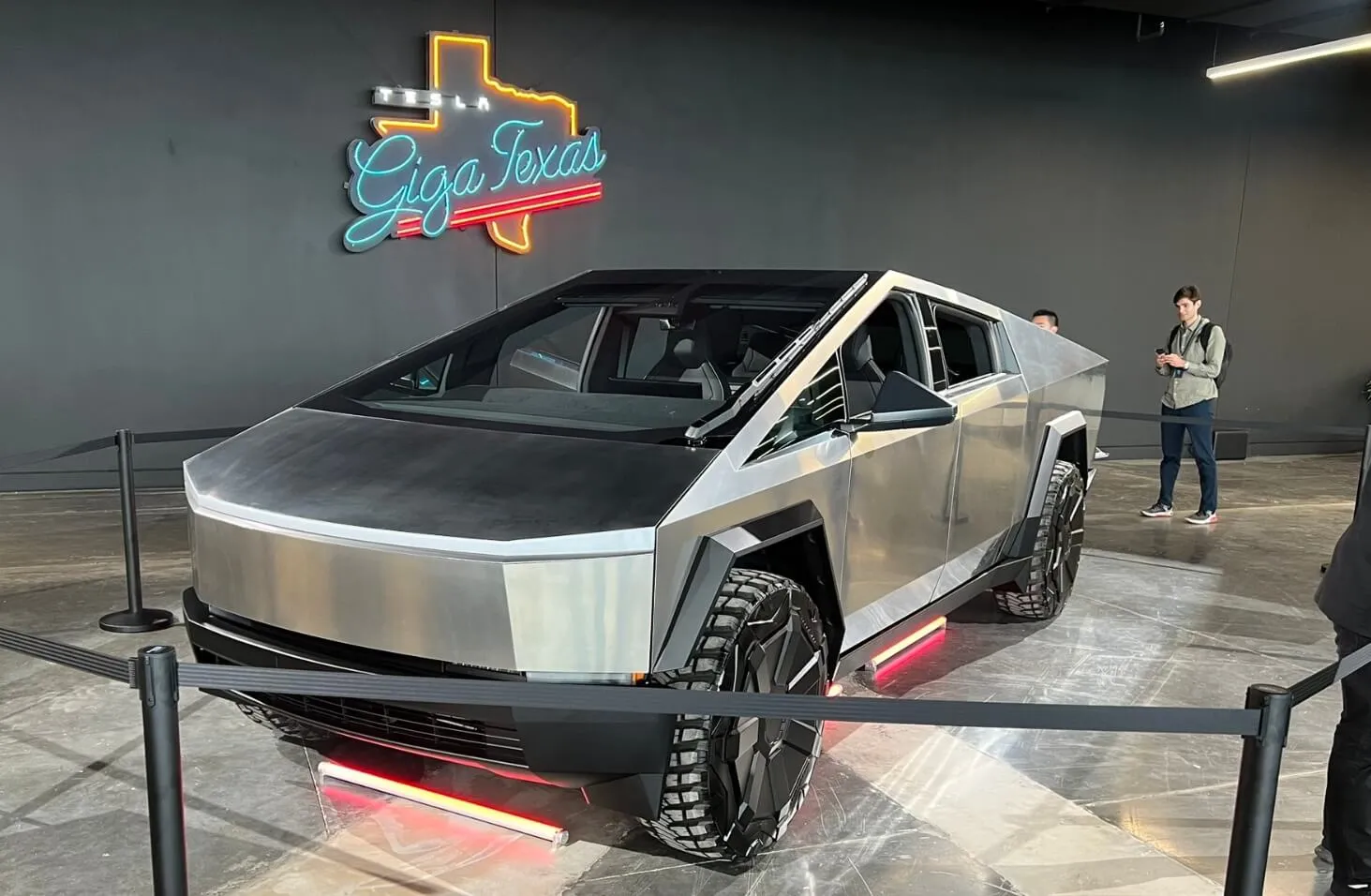
Tesla Model 2 Variants
Tesla’s ambition to revolutionize the automotive industry doesn’t stop at groundbreaking designs and affordable electric vehicles. The company is also at the forefront of autonomous driving technology. One of the most intriguing aspects of the upcoming Tesla Model 2 is its variant designed to function as a Robo Taxi. This version of the Model 2 aims to take Tesla’s self-driving capabilities to the next level, offering a glimpse into the future of transportation.
The Robo Taxi Version
The Robo Taxi version of the Model 2 is being designed with a primary focus on self-driving capabilities. Unlike traditional vehicles that offer autonomous features as an add-on, this variant is being developed as a “clean Robo Taxi.” What this means is that the vehicle is engineered from the ground up to function without human intervention. This focus on autonomy aligns with Tesla’s broader vision of reducing traffic congestion and lowering the cost of transportation by eliminating the need for a human driver.
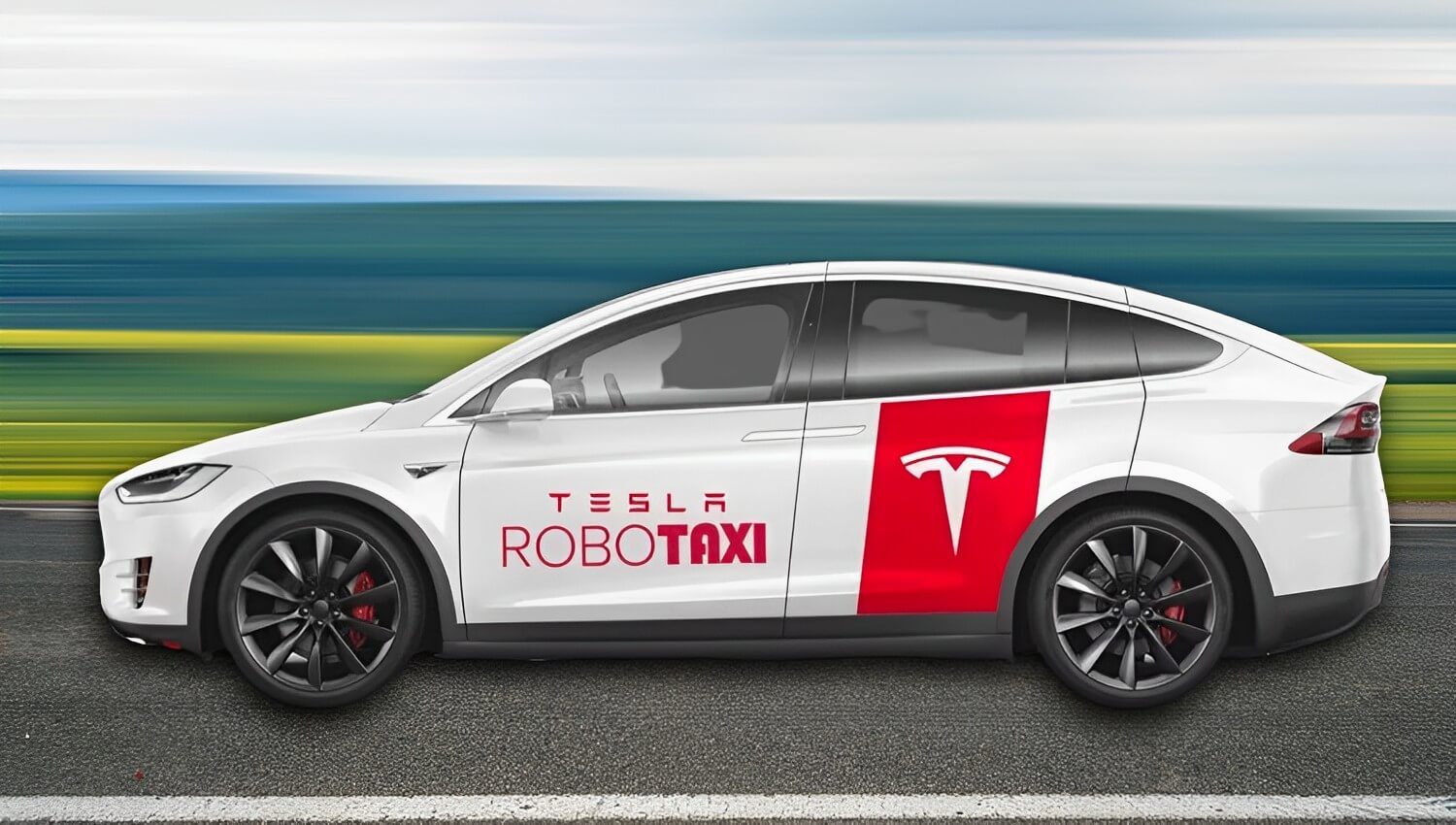
The term “clean Robo Taxi” signifies Tesla’s commitment to creating a vehicle that is not just autonomous but also environmentally friendly. Given that the Model 2 is an electric vehicle, it already has a lower carbon footprint compared to traditional gasoline cars. However, the Robo Taxi version takes this a step further by optimizing for efficiency in its autonomous operations. Whether it’s route optimization to save energy or smart charging capabilities to make the most of renewable energy sources, the Robo Taxi variant is designed to be as eco-friendly as it is autonomous.
It’s worth noting that the decision to create a Robo Taxi version of the Model 2 was not without its internal debates within Tesla. Elon Musk was initially adamant about focusing solely on autonomous vehicles without traditional controls like steering wheels and pedals. However, after extensive discussions and evaluations, it was decided that the Robo Taxi version would be designed in a way that could allow for the addition of traditional controls if needed, providing flexibility for future updates and regulations.
The Standard Version
While Tesla’s Robo Taxi version of the Model 2 aims to redefine the future of autonomous transportation, the company understands that not all consumers are ready to fully embrace self-driving technology. For those who prefer a more traditional driving experience but still want to be part of Tesla’s electric revolution, the standard version of the Tesla Model 2 offers an ideal solution.
The standard version of the Model 2 is designed to cater to the needs of the average consumer who may not yet be comfortable with a fully autonomous vehicle. This variant will feature more conventional controls, including a steering wheel and pedals, allowing for manual operation. However, it’s important to note that the standard version will still come equipped with Tesla’s advanced safety features and the option for partial autonomy, offering a balanced blend of innovation and familiarity.
The introduction of a standard version serves as a strategic move for Tesla, bridging the gap between the present and the future. It allows the company to cater to a broader audience, from tech enthusiasts eager to experience full autonomy to traditional drivers who are just beginning to explore the benefits of electric vehicles. By offering this variant, Tesla ensures that more people can be part of its mission to accelerate the world’s transition to sustainable energy.
Tesla Model 2 Pricing and Affordability
One of the most compelling aspects of the Tesla Model 2 is its focus on affordability. With an expected price point of $25,000, the vehicle aims to make electric driving accessible to a much broader audience. But affordability doesn’t mean cutting corners; Tesla has employed innovative cost-saving measures to maintain its high standards of quality and performance.
The Model 2 is expected to hit the market with a price tag of $25,000, making it one of the most affordable electric vehicles available. This pricing strategy is in line with Tesla’s mission to accelerate the transition to sustainable energy by making electric vehicles more accessible. The $25,000 price point is not just a milestone for Tesla; it’s a significant development for the automotive industry as a whole, potentially catalyzing a broader shift towards electric vehicles among mainstream consumers.
Tesla’s New Battery Technology
One of the key cost-saving measures that Tesla plans to implement in the Model 2 is the use of lithium phosphate battery packs. These batteries are generally less expensive than other types of lithium-ion batteries but still offer excellent performance and longevity. By opting for lithium phosphate, Tesla can significantly reduce the overall cost of the vehicle without compromising on range or reliability.
Structural Batteries
Another innovative approach to cost-saving is the use of structural batteries. Unlike traditional battery packs that are separate from the vehicle’s structure, structural batteries are integrated into the car’s frame. This not only saves space but also reduces the amount of material needed, thereby lowering production costs. The integration of structural batteries is a testament to Tesla’s engineering prowess and its commitment to making electric vehicles more affordable.
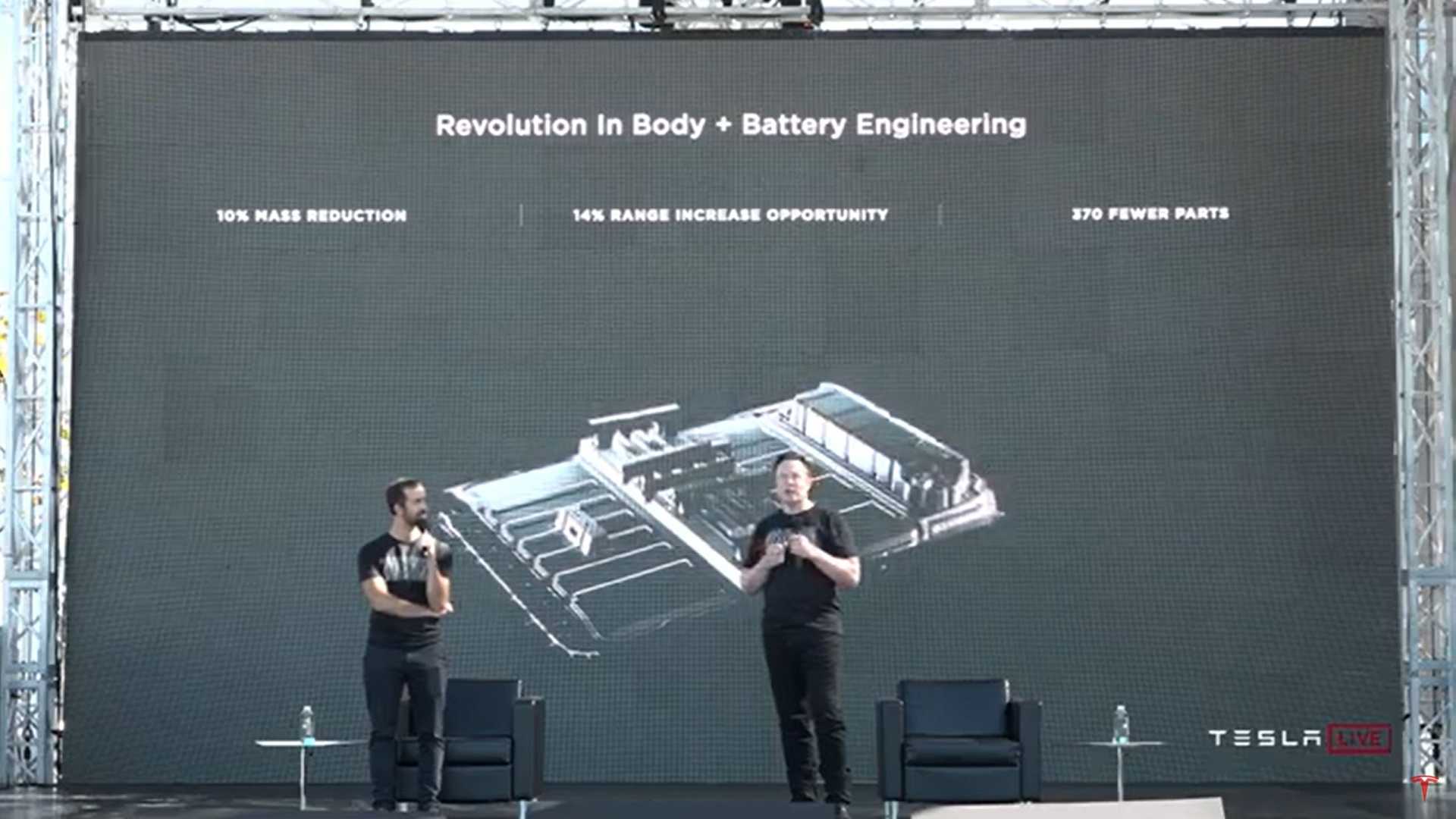
Giga Castings
Tesla’s use of Giga castings is another measure aimed at reducing production costs. Giga castings are large, single-piece components that replace multiple smaller parts, simplifying the assembly process and reducing the number of materials required. This approach not only speeds up production but also lowers the overall manufacturing cost, contributing to the Tesla Model 2’s affordability.
Tesla Model 2 Production
Tesla’s ambitions extend far beyond the introduction of innovative vehicles, the company has set its sights on dominating the global automotive market. With an audacious goal of achieving 20 million vehicle sales per year by 2030, Tesla is gearing up for massive production scaling.
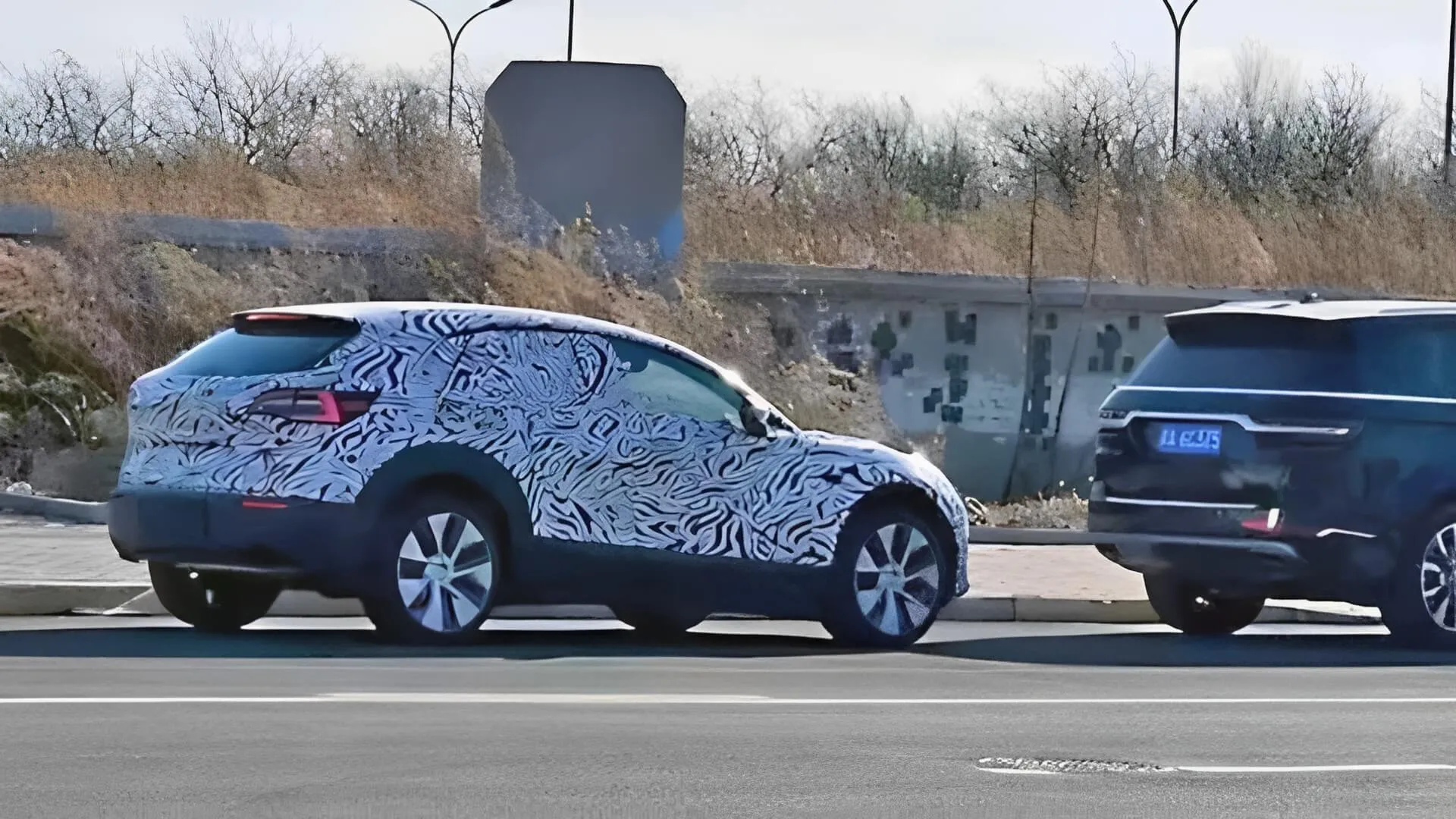
Tesla’s target of 20 million vehicle sales per year by 2030 is nothing short of revolutionary. To put this in perspective, this figure is significantly higher than the current sales numbers of automotive giants like Toyota and Volkswagen. Achieving this target would not only make Tesla the dominant player in the electric vehicle market but also one of the largest automotive companies globally. This ambitious goal underscores Tesla’s commitment to accelerating the world’s transition to sustainable energy.
The Model 2 is not just another vehicle in Tesla’s portfolio, it’s a linchpin in the company’s strategy to reach its sales target. Given its expected affordability and groundbreaking features, the Model 2 is poised to attract a broad spectrum of consumers, from those looking to buy their first electric vehicle to those interested in a cost-effective yet futuristic car.
Tesla expects to sell twice as many Model 2s as all their other models combined. This indicates the immense faith the company has in this vehicle’s market potential. The Model 2 is designed to be not just a sales driver but a market disruptor, capable of catalyzing a mass shift towards electric vehicles.
To meet these ambitious sales goals, Tesla will need to scale its production capabilities dramatically. The company is already investing in expanding its manufacturing facilities, including Gigafactories, to accommodate the production of the Model 2 alongside its other vehicles. The use of cost-saving measures like Giga castings and structural batteries will not only make the vehicle affordable but also streamline the manufacturing process, enabling Tesla to produce the Model 2 at scale.
Conclusion
As we’ve explored in this comprehensive look at Tesla’s upcoming Model 2, the vehicle promises to be a revolutionary addition to the EV market. With its Cybertruck-inspired design, focus on affordability and options for both traditional and autonomous driving, the Model 2 is set to redefine what consumers expect from an electric car.
Unique Features and Market Impact
The Model 2 brings together a host of unique features that make it stand out in an increasingly crowded EV market. Its design inspiration from the Cybertruck gives it a futuristic aesthetic, while its affordability, thanks to innovative cost-saving measures like lithium phosphate battery packs and Giga castings, opens up electric driving to a broader audience. The availability of a Robo Taxi version also offers a glimpse into the future of autonomous transportation.
These features don’t just make the Model 2 an attractive option for consumers; they have the potential to significantly impact the EV market as a whole. By offering a high-quality, affordable, and aesthetically pleasing electric vehicle, Tesla is setting a new standard that other manufacturers will likely strive to meet.
What Model 2 Means for Tesla and the Automotive Industry
Tesla Model 2 is expected to play a crucial role in achieving this target, serving as a mass-market vehicle that can attract a wide range of consumers. Its success could be a significant step toward Tesla’s goal of accelerating the world’s transition to sustainable energy.
Beyond Tesla, the Model 2 has implications for the automotive industry at large. Its focus on combining affordability, design, and technology sets a new benchmark for what is possible in the EV space. If Tesla succeeds in its ambitious plans for the Model 2, it could catalyze a broader shift in the industry, pushing other manufacturers to accelerate their own EV initiatives.

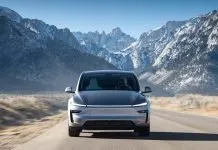
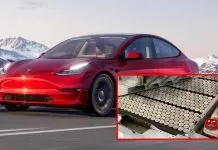

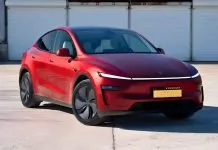
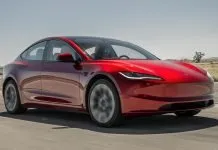








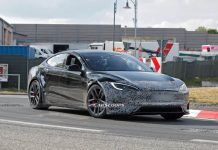
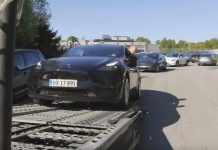
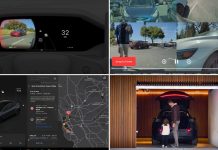
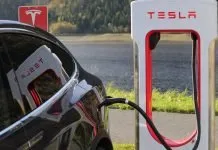

Ground breaking design. The Model 2?? This car looks not much different to the 3,X and Y. I think Tesla car designs are lazy cookie cutter derivatives.
Ground breaking designs exist at Hyundai, Kia, Fisker. Even Volvo.
As for the Cyber Truck. That is ugly.
Like previous comment “groundbreaking design”? That car is a Mazda CX-30 with Tesla badges and lights (front & back) period. Not bashing, just pointing the obvious.
That’s not Tesla “model 2” at all!!